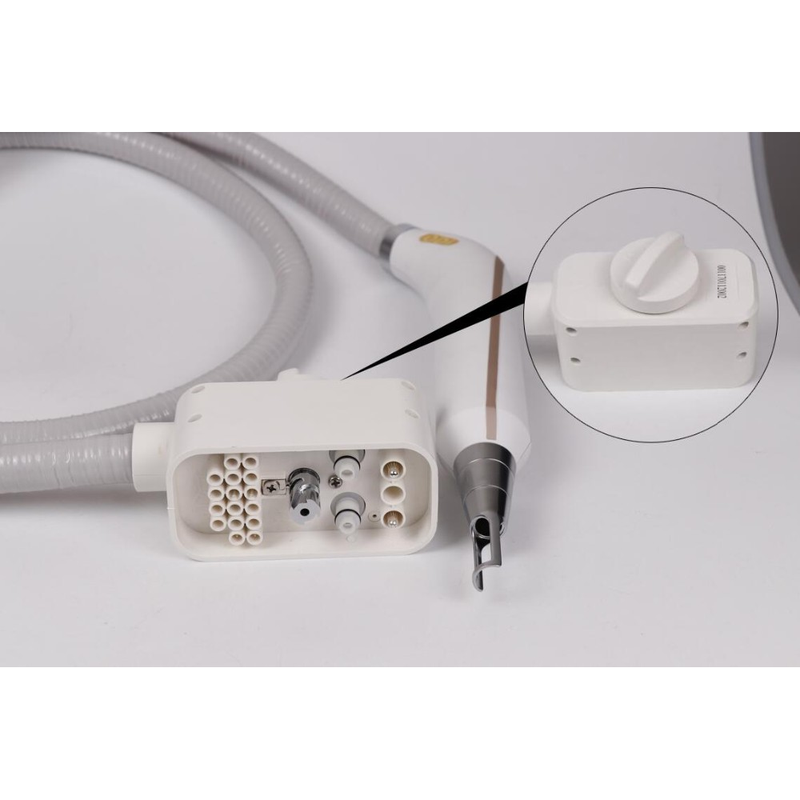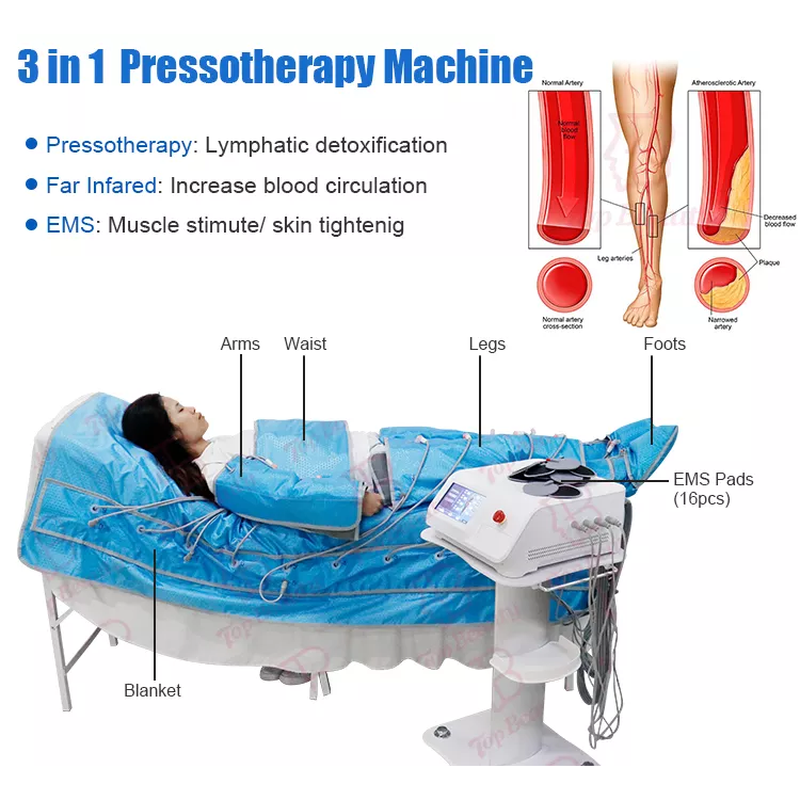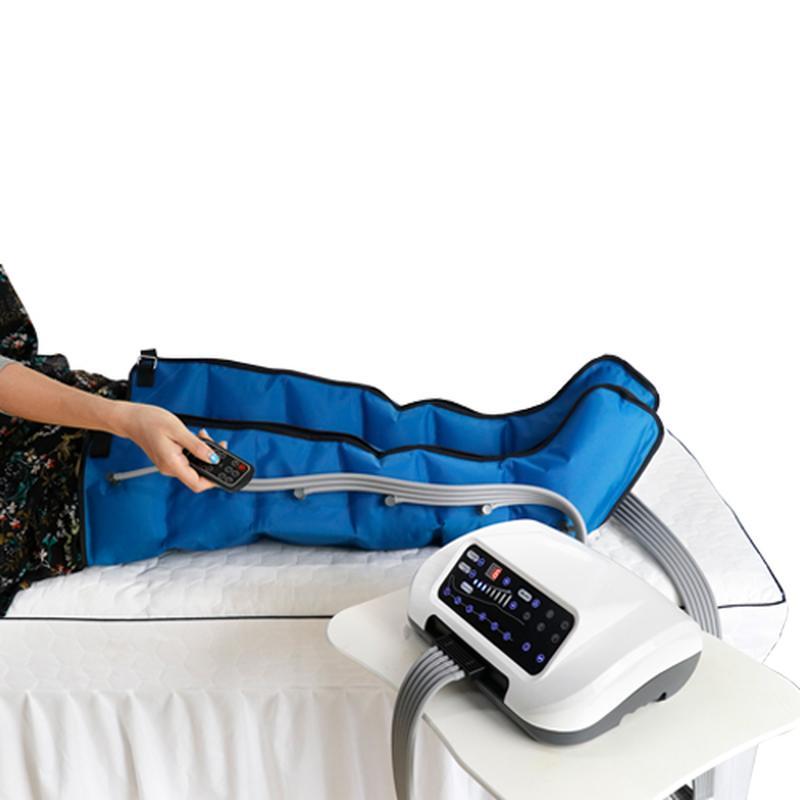Ударно-волновая физика и ее роль в реабилитационной терапии Ударно-волновая терапия, также известная как экстракорпоральная ударно-волновая терапия (ESWT), стала революционным методом лечения в реабилитационной т
Физика Ударно-Волновой Терапии и Ее Роль в Реабилитационной Терапии
Ударно-волновая терапия, также известная как экстракорпоральная ударно-волновая терапия (ЭУВТ), стала революционным методом лечения в реабилитационной терапии. Это неинвазивное лечение использует высокоэнергетические звуковые волны для стимуляции заживления, уменьшения воспаления и содействия восстановлению тканей. Применение физики ударно-волновой терапии в реабилитации привлекло значительное внимание благодаря своей эффективности в лечении различных мышечно-скелетных состояний, таких как тендинит, подошвенный фасциит и несросшиеся переломы. В результате ударно-волновая терапия стала важным инструментом для физиотерапевтов и специалистов по реабилитации. Способность терапии улучшать кровоток, стимулировать клеточную регенерацию и разрушать рубцовую ткань делает ее привлекательным вариантом для пациентов, ищущих альтернативные методы лечения. С ростом ее популярности понимание физики, лежащей в основе ударно-волновой терапии, и ее роли в реабилитации имеет решающее значение как для медицинских работников, так и для пациентов.
Понимание Физики Ударно-Волновой Терапии
Принципы Генерации Ударных Волн
Ударно-волновая терапия включает в себя генерацию высокоэнергетических акустических волн, которые передаются через кожу к пораженной области. Эти волны производятся устройством, которое использует электромагнитную или пьезоэлектрическую технологию для создания быстрого изменения давления в жидкой среде, в результате чего образуется ударная волна. Ударная волна затем фокусируется на целевой области с помощью параболического отражателя или акустической линзы.
- Устройство обычно калибруется для доставки определенной плотности потока энергии, измеряемой в миллиджоулях на квадратный миллиметр (мДж/мм²), к целевой ткани.
- Частота и интенсивность ударных волн могут быть скорректированы в зависимости от состояния, подлежащего лечению, и реакции пациента.
- Протокол лечения может включать несколько сеансов, причем количество и частота сеансов определяются тяжестью состояния и прогрессом пациента.
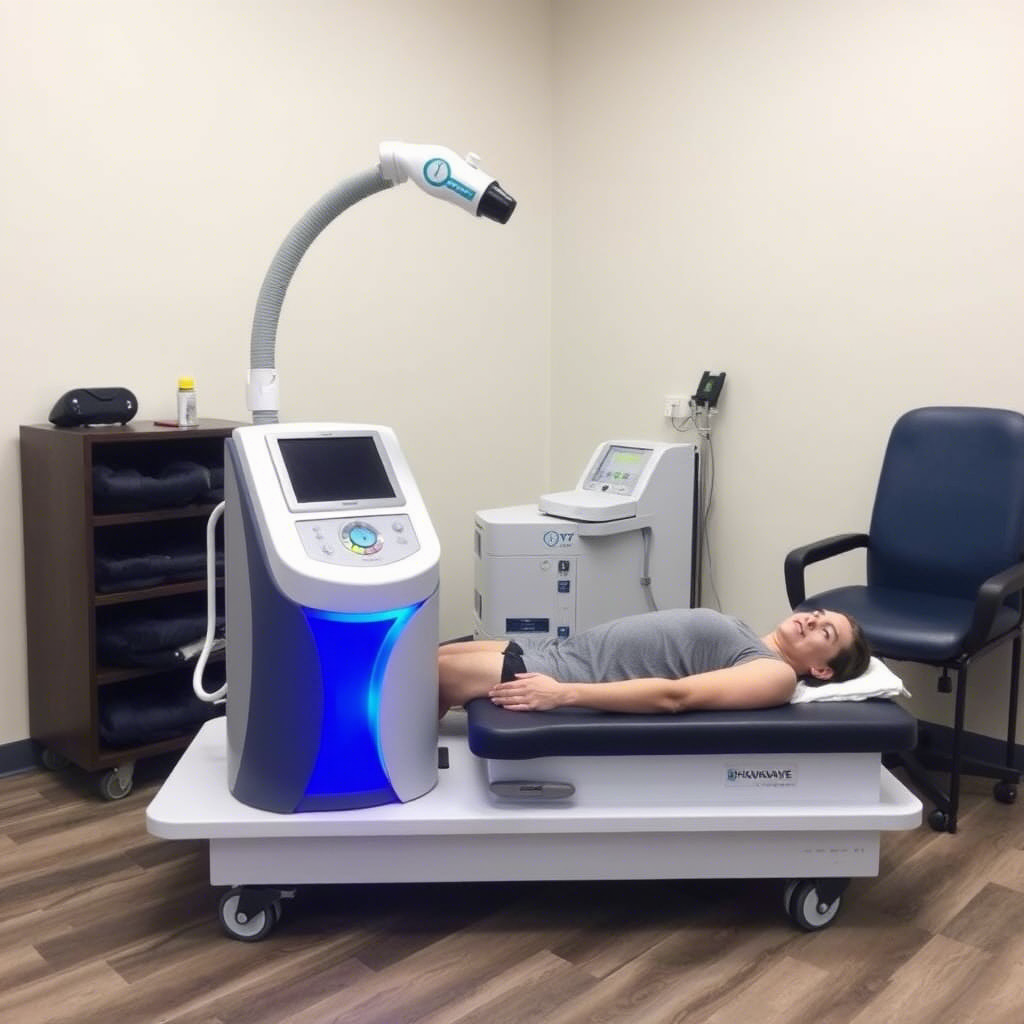
Оборудование, используемое для ударно-волновой терапии, разработано для безопасного и легкого использования, с встроенными функциями безопасности для предотвращения перегрева и обеспечения последовательной доставки энергии. Для получения дополнительной информации об оборудовании для ударно-волновой терапии вы можете посетить https://www.mbs-med.com/.
Влияние на Ткань
Ударные волны, производимые устройствами ЭУВТ, оказывают несколько эффектов на ткань, включая:
- Увеличение кровотока: Ударные волны способствуют ангиогенезу, образованию новых кровеносных сосудов, что улучшает оксигенацию и доставку питательных веществ к пораженной области.
- Клеточная регенерация: Механическое напряжение, вызванное ударными волнами, стимулирует клеточную регенерацию и восстановление тканей путем активации различных клеточных сигнальных путей.
- Ремоделирование тканей: Ударные волны могут разрушать рубцовую ткань и способствовать ремоделированию тканей, что приводит к улучшению функции тканей и уменьшению боли.
Применение в Реабилитационной Терапии
Лечение Мышечно-Скелетных Состояний
Ударно-волновая терапия оказалась эффективной в лечении ряда мышечно-скелетных состояний, включая:
- Тендинит: Ударно-волновая терапия может уменьшить воспаление и способствовать заживлению сухожилий, что делает ее эффективным методом лечения таких состояний, как тендинит ахиллова сухожилия и тендинит вращательной манжеты.
- Подошвенный фасциит: ЭУВТ может уменьшить боль и воспаление в подошвенной фасции, способствуя заживлению и уменьшая риск хронической боли.
- Несросшиеся переломы: Ударно-волновая терапия может стимулировать заживление костей и способствовать сращению несросшихся переломов.
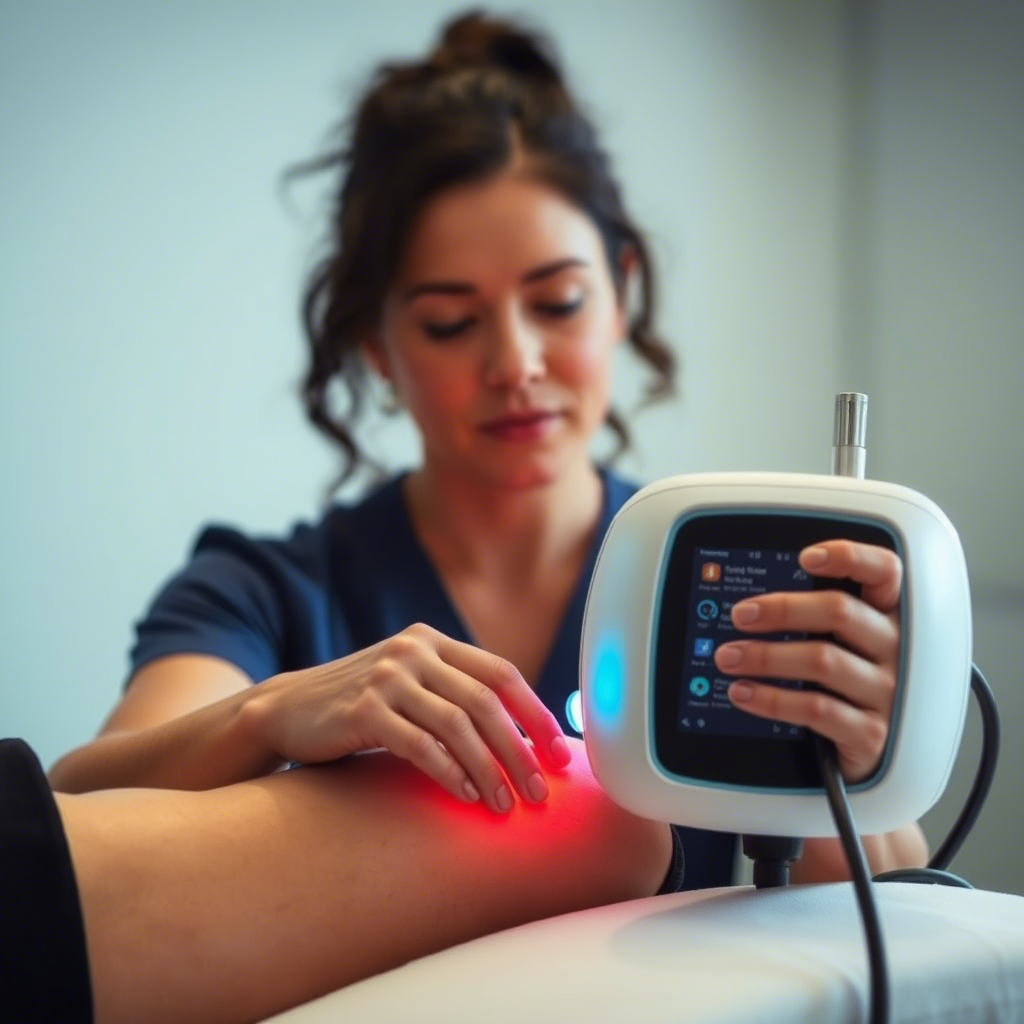
Улучшение Восстановления
Ударно-волновая терапия также может быть использована для улучшения восстановления после травмы или операции путем:
- Уменьшения воспаления: Ударные волны могут уменьшить воспаление и способствовать созданию благоприятной среды для заживления.
- Содействия восстановлению тканей: Механическое напряжение, вызванное ударными волнами, может стимулировать клеточную регенерацию и восстановление тканей.
- Улучшения диапазона движений: Ударно-волновая терапия может помочь разрушить рубцовую ткань и способствовать ремоделированию тканей, что приводит к улучшению диапазона движений и уменьшению скованности.
Механизмы Действия
Клеточная Реакция
Клеточная реакция на ударно-волновую терапию сложна и включает в себя множество сигнальных путей. Механическое напряжение, вызванное ударными волнами, может:
- Активировать клеточные сигнальные пути: Ударные волны могут активировать различные клеточные сигнальные пути, включая те, которые участвуют в воспалении, клеточной пролиферации и дифференцировке.
- Стимулировать клеточную регенерацию: Механическое напряжение, вызванное ударными волнами, может стимулировать клеточную регенерацию и восстановление тканей.
- Усиливать экспрессию генов: Ударные волны могут влиять на экспрессию генов, что приводит к изменениям в производстве факторов роста и других сигнальных молекул.
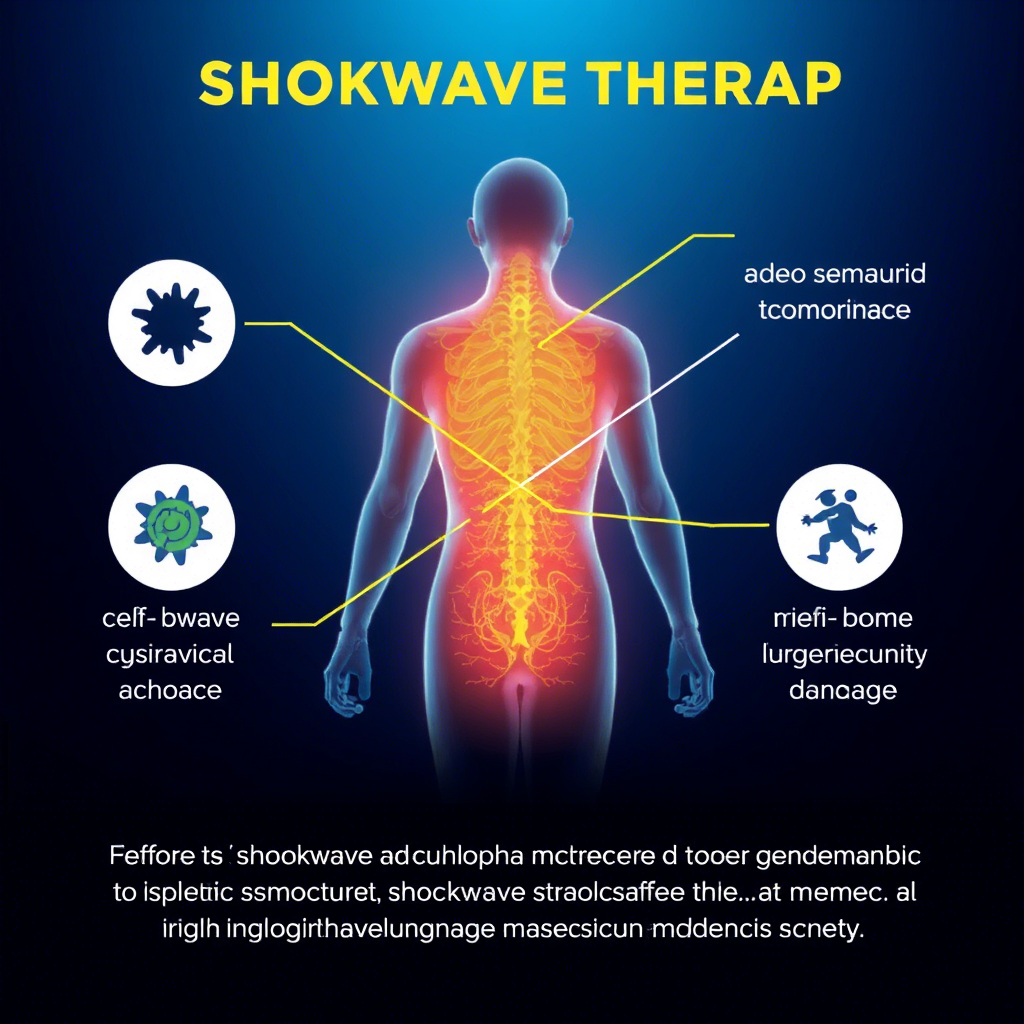
Влияние на Тканевом Уровне
Влияние ударно-волновой терапии на тканевом уровне включает в себя:
- Увеличение кровотока: Ударные волны способствуют ангиогенезу, что приводит к увеличению кровотока и оксигенации пораженной области.
- Ремоделирование тканей: Ударные волны могут разрушать рубцовую ткань и способствовать ремоделированию тканей, что приводит к улучшению функции тканей и уменьшению боли.
- Уменьшение воспаления: Ударные волны могут уменьшить воспаление и способствовать созданию благоприятной среды для заживления.
Для дальнейшего чтения о клинических применениях ударно-волновой терапии вы можете посетить https://www.storzmedical.com/en/applications/shockwave-therapy/.
Клинические Доказательства и Результаты
Эффективность в Лечении Мышечно-Скелетных Состояний
Многочисленные исследования продемонстрировали эффективность ударно-волновой терапии в лечении мышечно-скелетных состояний. Систематический обзор 22 исследований по использованию ЭУВТ при подошвенном фасциите показал, что лечение привело к значительному уменьшению боли и улучшению функции.
- Уменьшение боли: Ударно-волновая терапия оказалась эффективной в уменьшении боли у пациентов с различными мышечно-скелетными состояниями, включая подошвенный фасциит и тендинит.
- Улучшение функции: ЭУВТ может улучшить функцию и уменьшить инвалидность у пациентов с мышечно-скелетными состояниями.
- Уменьшение воспаления: Ударно-волновая терапия может уменьшить воспаление и способствовать созданию благоприятной среды для заживления.
Сравнение с Другими Методы Лечения
Ударно-волновая терапия была сравнена с другими методами лечения мышечно-скелетных состояний, включая инъекции кортикостероидов и физиотерапию. Рандомизированное контролируемое исследование, сравнивающее ЭУВТ с инъекциями кортикостероидов при подошвенном фасциите, показало, что ЭУВТ привела к большему уменьшению боли и улучшению функции через 12 недель.
Заключение
Ударно-волновая терапия стала ценным методом лечения в реабилитационной терапии, предлагая неинвазивное и эффективное решение для различных мышечно-скелетных состояний. Понимая физику, лежащую в основе ударно-волновой терапии, и ее роль в реабилитации, медицинские работники могут предоставить пациентам комплексный план лечения, который способствует заживлению, уменьшает боль и улучшает функцию. По мере развития этой области необходимы дальнейшие исследования для полного понимания механизмов действия и оптимизации протоколов лечения. С ростом ее популярности и клиническими доказательствами, подтверждающими ее эффективность, ударно-волновая терапия, вероятно, останется ключевым компонентом реабилитационной терапии в течение многих лет.

